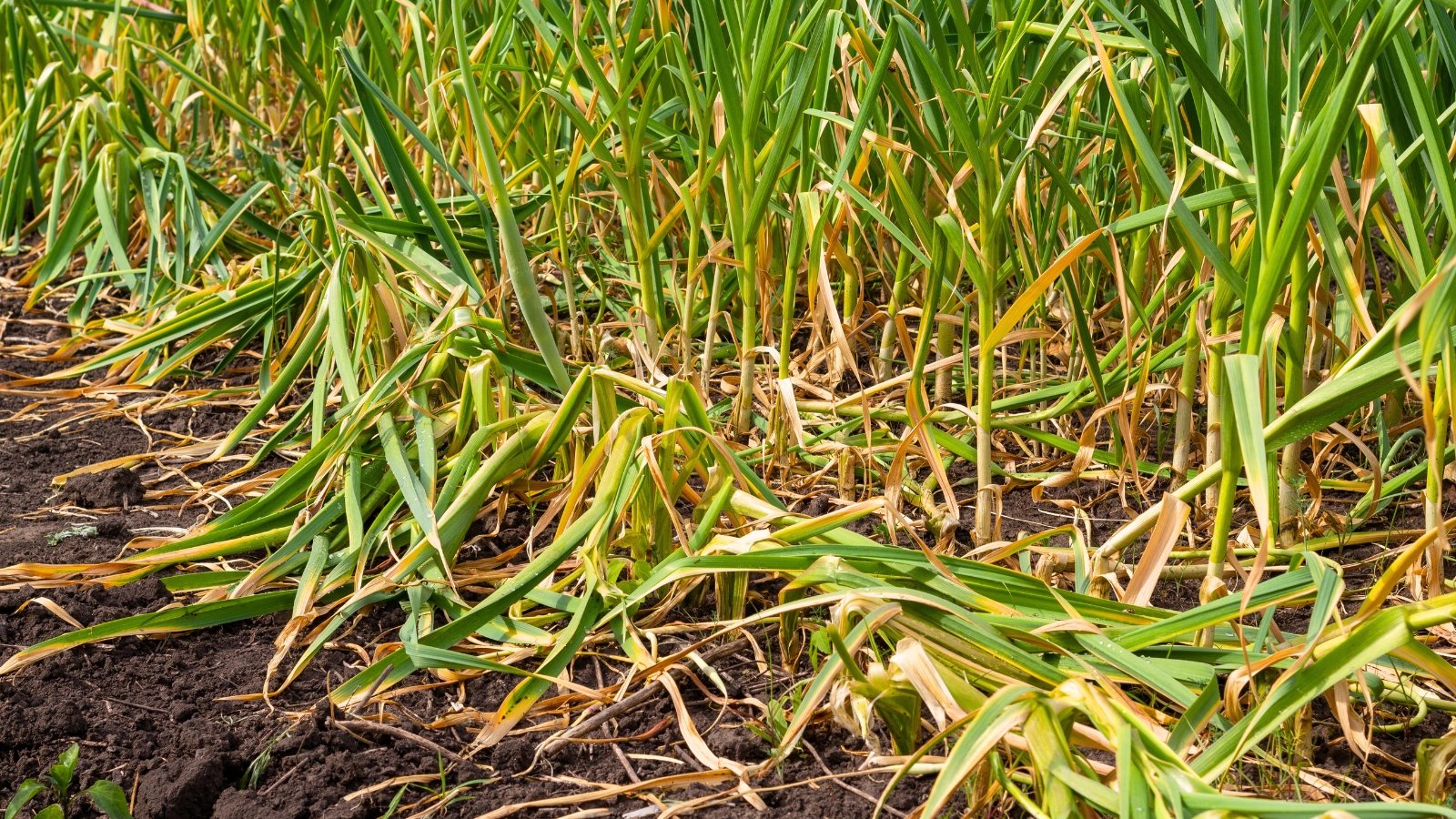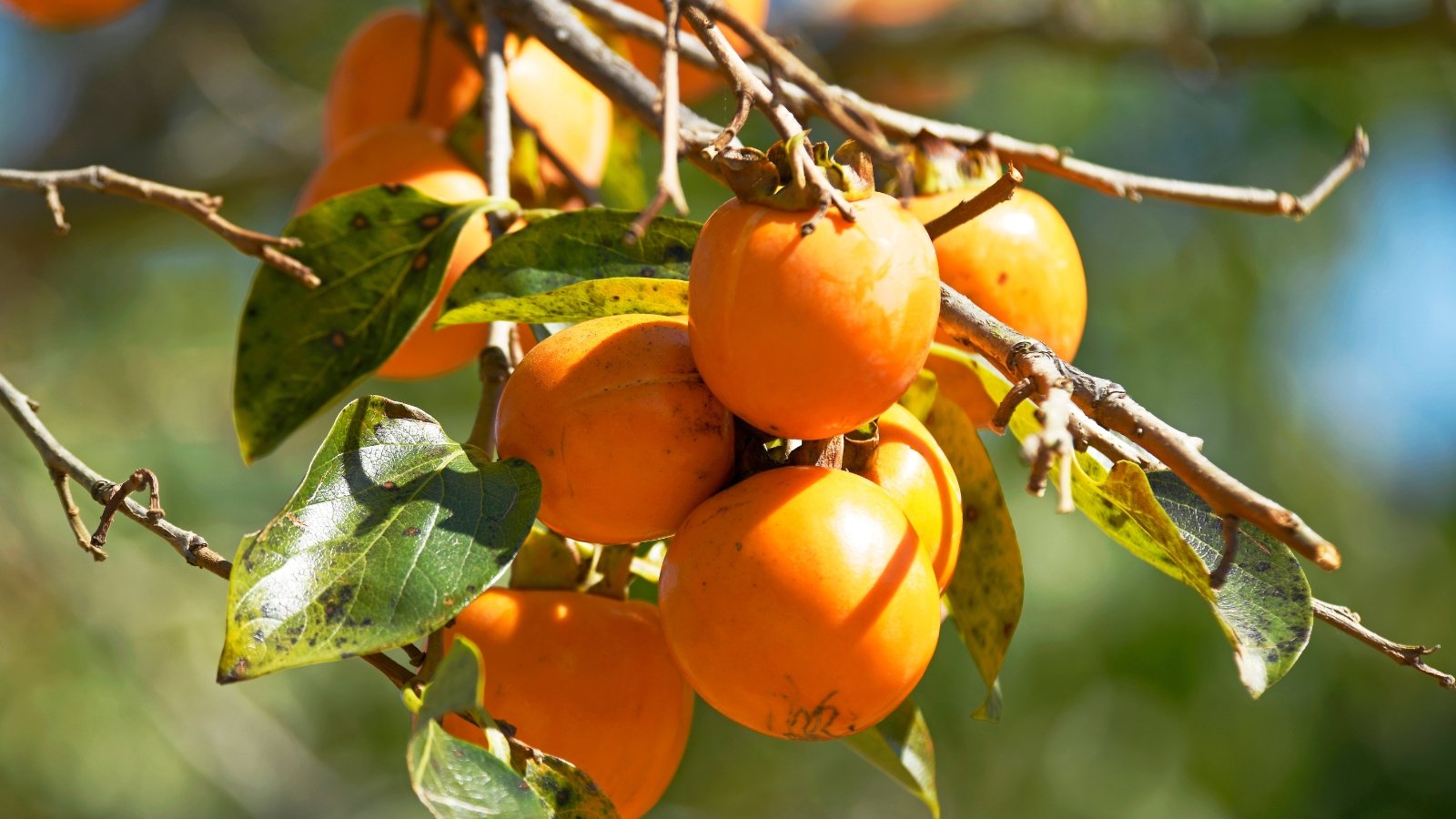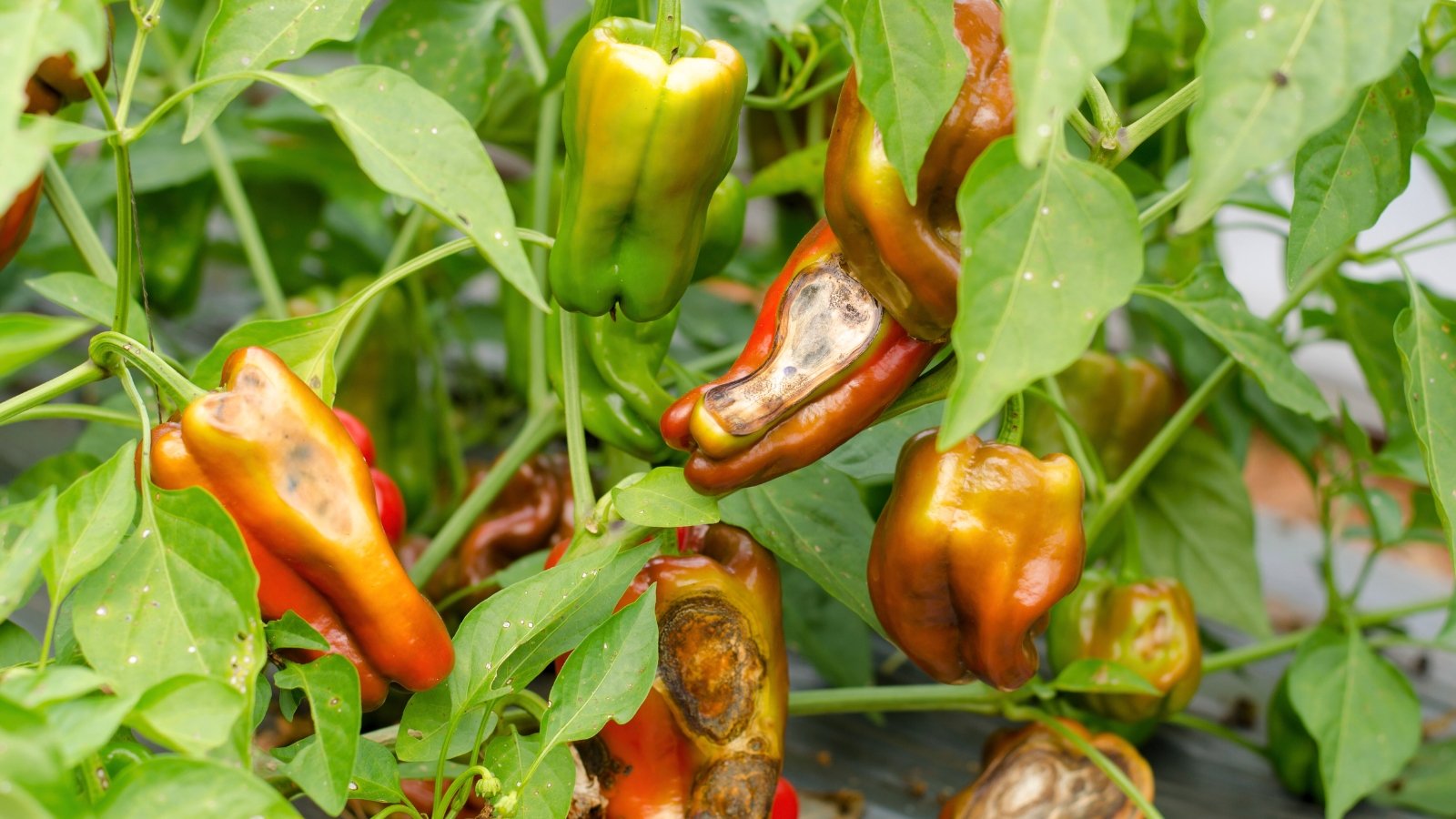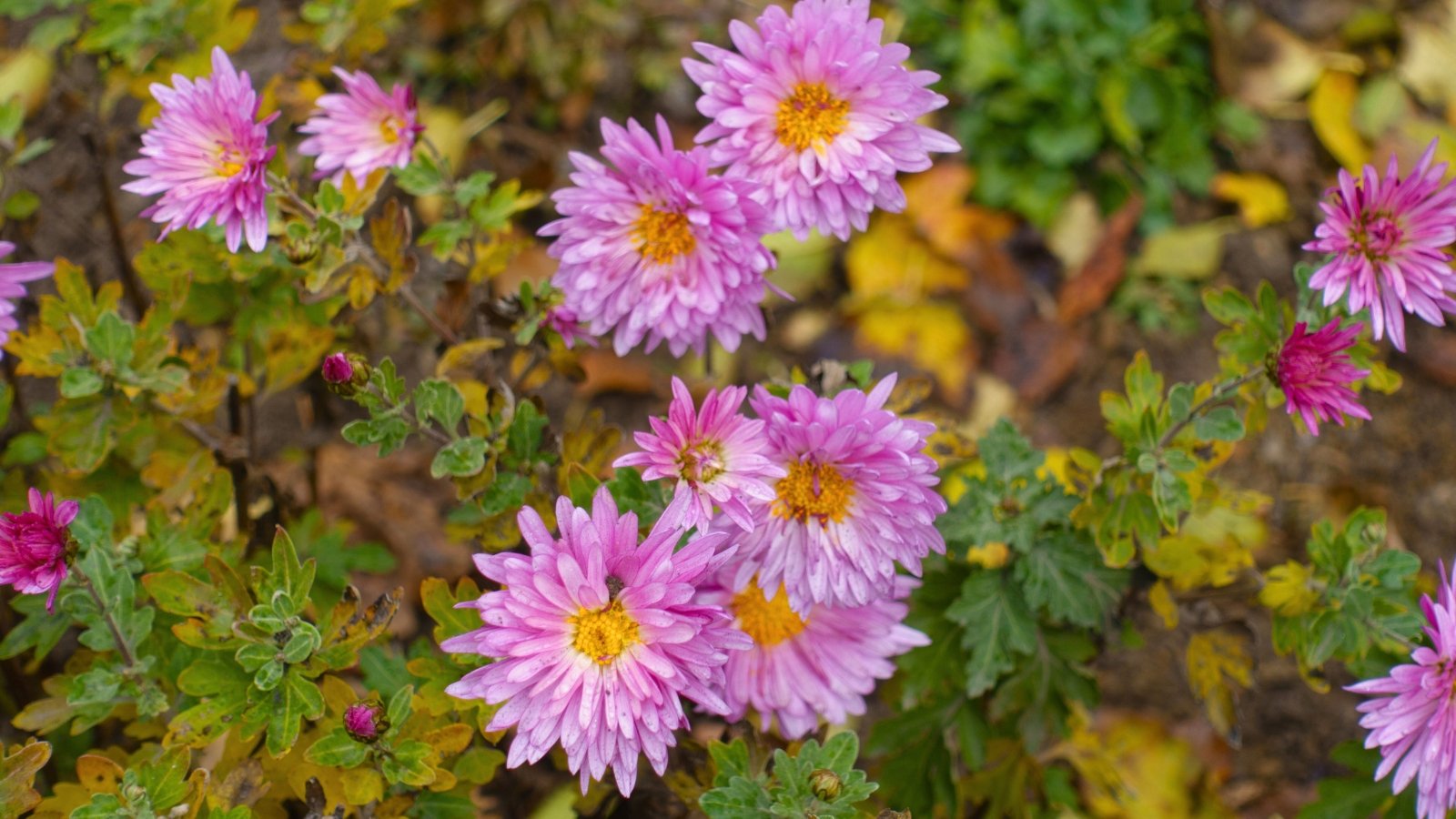
Why Are My Mum’s Leaves Turning Yellow?
[ad_1]
By October, your fall yard decor might be stepping into full swing.
Pumpkins? Study.
Ornamental kale? Study.
Mums? Yikes. These once-vibrant flowers you acquire various weeks previously in the meanwhile are sporting pale yellow leaves and looking a bit frail. What’s a gardener to do?
You’ll acknowledge a healthful mum whilst you see it. These are compact, dense little crops which might be often mounded in type. Stems must be bushy and chock full of leaves (no leggy mums, please). Leaves must be a lush, deep inexperienced, with no indicators of wilting, or ahem, yellowing. The flowers are vivid tufts of yellow, orange, copper, and burgundy.
The yellowing of plant leaves is named chlorosis. The leaves appear yellow on account of they lack chlorophyll. In some circumstances, it’s merely a part of the plant’s pure rising older and progress cycle. Nonetheless, it could even be indicative of nutrient deficiencies, sickness, or overwatering.
So seize your yard gloves and let’s get to the inspiration of this draw back—your mums will thanks with up to date foliage in a short time.
Poor Drainage
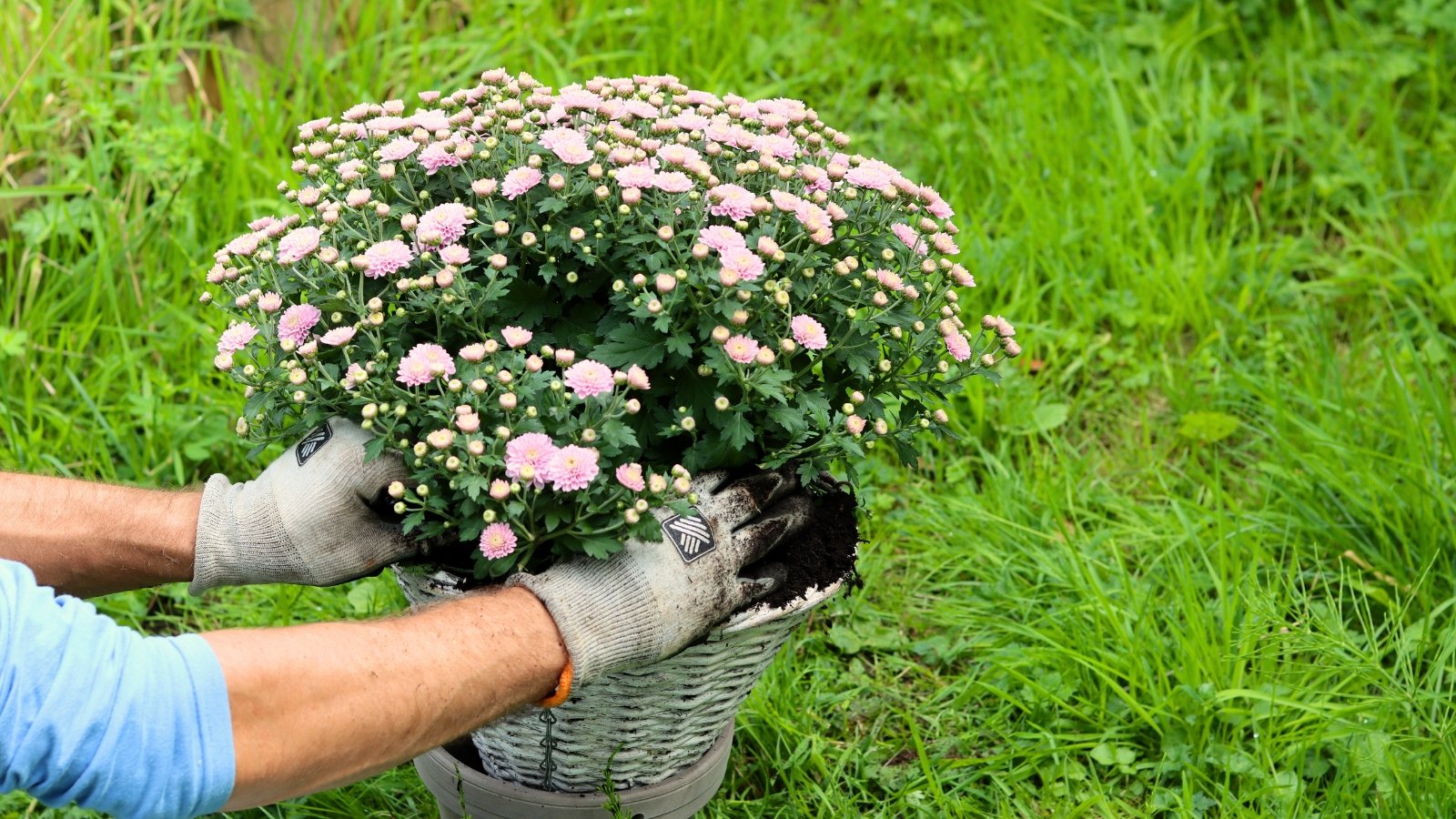

No matter their hardiness and chilly tolerance, mums are actually a bit picky in relation to water. They like to be saved moist. They don’t love their roots to dry out. These conventional fall-blooming crops have shallow roots and on account of this reality, they need widespread, fixed watering.
Even so, these crops do not do correctly in saturated soil. Roots actually need a bit little bit of oxygen, and soil that is heavy, compacted, or doesn’t launch water will in the end “drown” the roots. This may occasionally set off mum leaves to yellow and in the end blacken and drop.
What To Do
Steer clear of soggy roots inside the first place! Make sure that your planter, container, or hanging basket has not lower than one good-sized hole inside the bottom. In case your planter is sitting in a dish to collect spills, empty the dish after watering so the mum isn’t merely sitting in a puddle. Found a superb cute pot that you just *ought to have*, however it has no drainage? That’s okay – it’s extraordinarily easy to drill a drainage hole!
Mums must be grown in soil that is mild, rich in pure matter, and well-drained. The soil should not hold soggy for a persistent time interval. Any elementary, top quality potting soil that’s purchased a great deal of perlite or sustainably-sourced peat will hold unfastened and aerated.
Do you have a mum displaying indicators of being overwatered? If it’s already planted in top of the range potting soil and the container has a great deal of drainage, merely cut back your watering frequency. Once you’re unsure regarding the mum’s origins, you would want to repot your mum in up to date potting soil.
Sickness
Mums won’t be with out their justifiable share of fungal and bacterial-borne illnesses. Illnesses can significantly impact their properly being and look, often leading to stunted progress, lowered flowering, and certain—yellowing foliage.
Leaf Spots


This sickness is characterised by yellowish spots on the foliage that in the end darken in color and develop to cowl lots of the leaf ground. Typically, the lower leaves are contaminated first and might wither and die as a result of the sickness progresses up the plant.
Numerous completely differing types of fungi set off leaf spot, along with Septoria chrysanthemi, Septoria chrysanthemella, Alternaria species, and Cercospora chrysanthemi. These fungi overwinter in plant particles, so try to decide on off contaminated leaves as rapidly as you see them and generally scoop up any leaves or flower buds which have dropped from the plant. Sanitize any yard devices you prune with between makes use of.
Fusarium Wilt


Fusarium wilt is attributable to the fungi Fusarium oxysporum f.sp. chrysanthemi and f. sp. Tracheiphilium. It spreads merely by the use of contaminated soil and plant cuttings. Yellowing foliage is the first sign of fusarium wilt, adopted by wilting, stunted progress, and potential lack of lifetime of your full plant.
Sadly, there’s no single easy treatment for dwelling gardeners to treatment a mum of fusarium wilt. Your best wager is to toss the contaminated plant inside the trash and start up to date. Apply a fungicide to protect healthful crops, and avoid extraordinarily inclined mum cultivars akin to ‘Bravo’, ‘Cirbronze’, ‘Illini Trophy’, ‘Orange Bowl’, ‘Royal Trophy’, and ‘Yellow Delaware’.
Verticillium Wilt
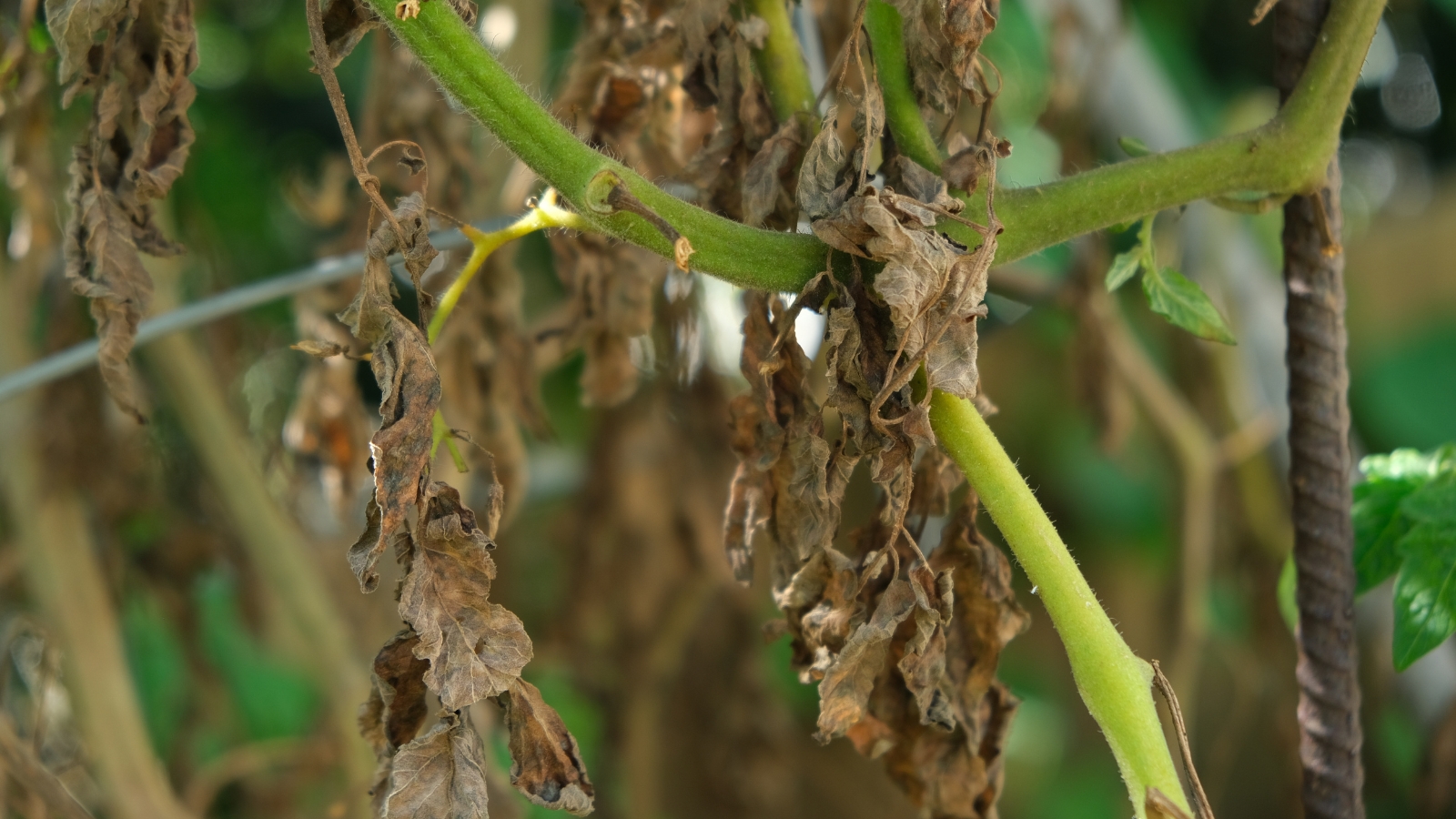

This fungus-borne sickness is usually solely seen on mature mums, after flower buds have formed. These contaminated with Verticillium albo-atrium experience wilting and yellowing foliage, often solely on one side of the plant. As a result of the sickness progresses, the plant may totally lose its foliage and flower buds.
Remove the contaminated plant since full restoration is unlikely. Mum cultivars inclined to verticillium wilt embrace ‘Shiny Golden Ann,’ ‘Echo,’ ‘Glowing Mandalay,’ ‘Mountain Peak,’ ‘Puritan,’ and ‘Wedgewood’. Nonetheless numerous the newer cultivars haven’t lower than some resistance to this sickness.
Nutrient Deficiency
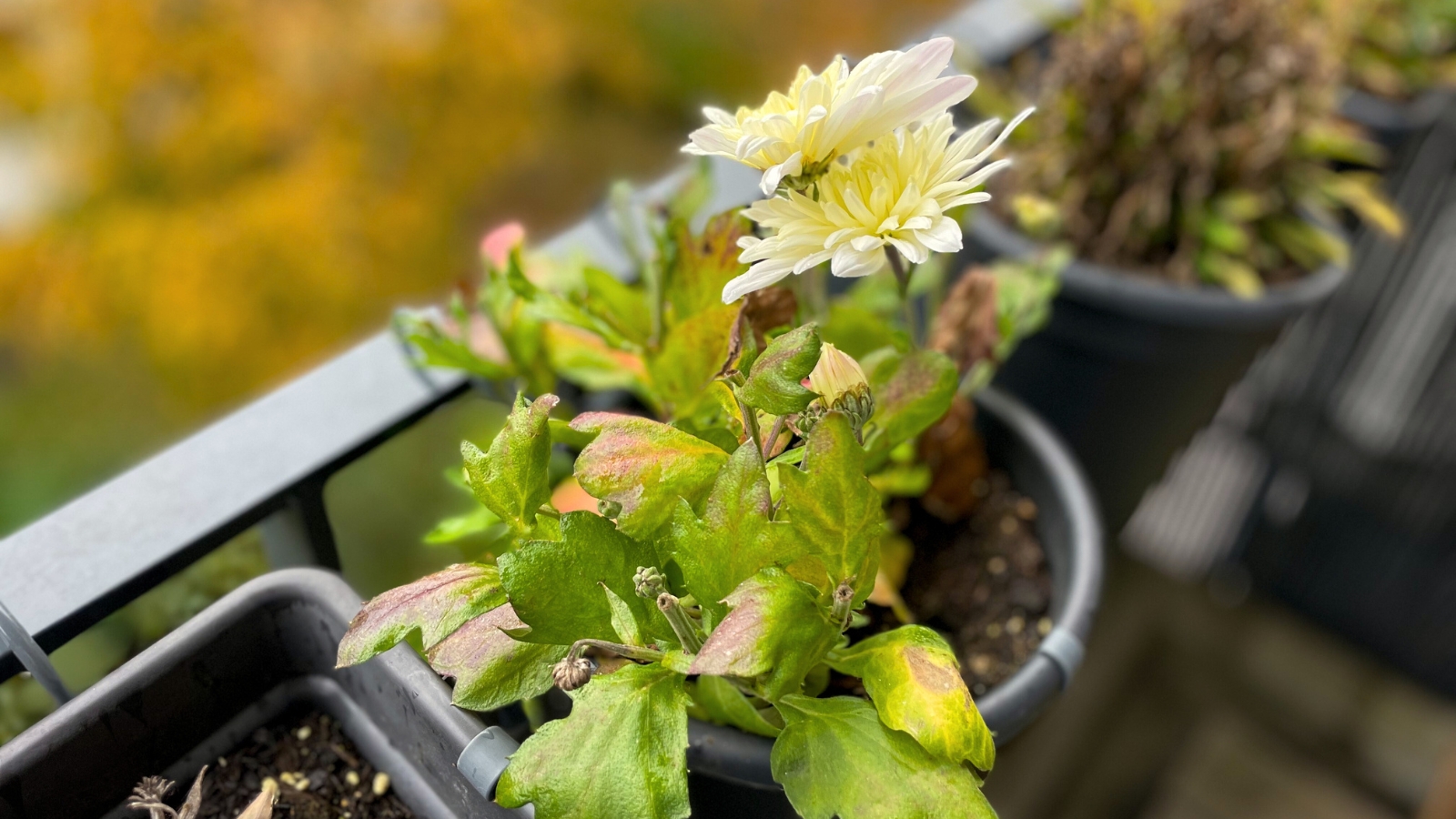

Nutritional vitamins play important roles in vitality change, root progress, photosynthesis, flowering, and a whole host of various natural options in crops. Yellowing leaves may be a sign that your mums aren’t receiving adequate nutritional vitamins; each the plant cannot take in nutritional vitamins or there merely aren’t adequate nutritional vitamins accessible inside the soil.
Try your mum. Which leaves are turning yellow? If the youthful leaves on the ends of the stem are turning yellow first, that could be indicative of an iron deficiency. Nonetheless, deficiencies in nitrogen, magnesium or zinc often develop on inside, older leaves first, after which progress outward. Once you’re rising hardy perennial varieties inside the ground, you would want to start with a soil examine to search out out soil pH and nutrient ranges.
Nonetheless what a number of potted annual that you’re going to in all probability be composting in various weeks as quickly as winter hits? Maintain it simple. Potted varieties purchased on the retailer may have already been fertilized by the nursery or grower, however it gained’t hurt to current them a bit additional enhance!
Some potting soils have granular fertilizer mixed correct in or consider making use of a well-balanced, liquid fertilizer that has equal elements nitrogen (N), phosphorus (P), and potassium (Okay). Feed every 4 weeks or so, up until 2-3 weeks sooner than your first anticipated frost date.
Closing Concepts
Don’t let yellowing leaves throw shade in your fall mums! Widespread watering and possibly a bit enhance of fertilizer is maybe merely the issue they need to look up to date. With a bit care, your mums can proceed to brighten your yard all fall.
[ad_2]
Provide hyperlink

